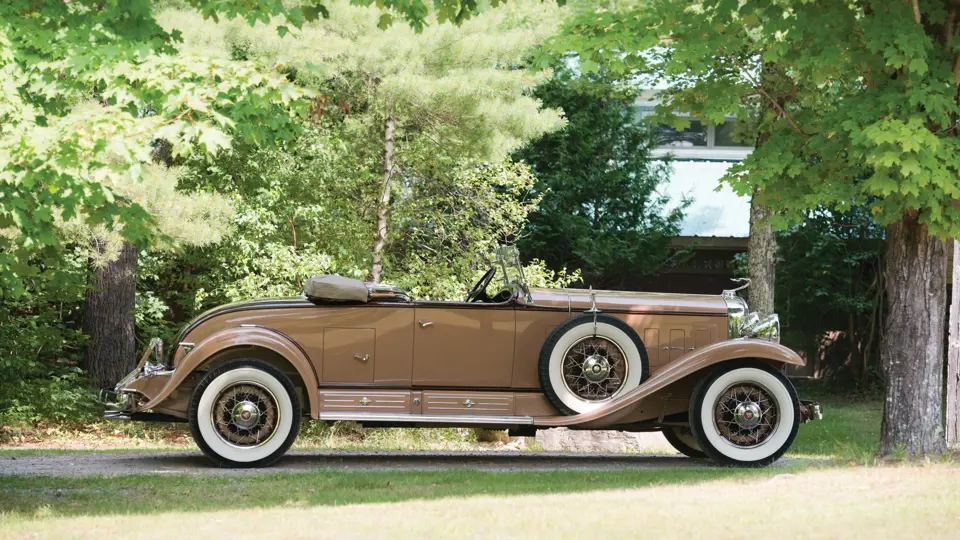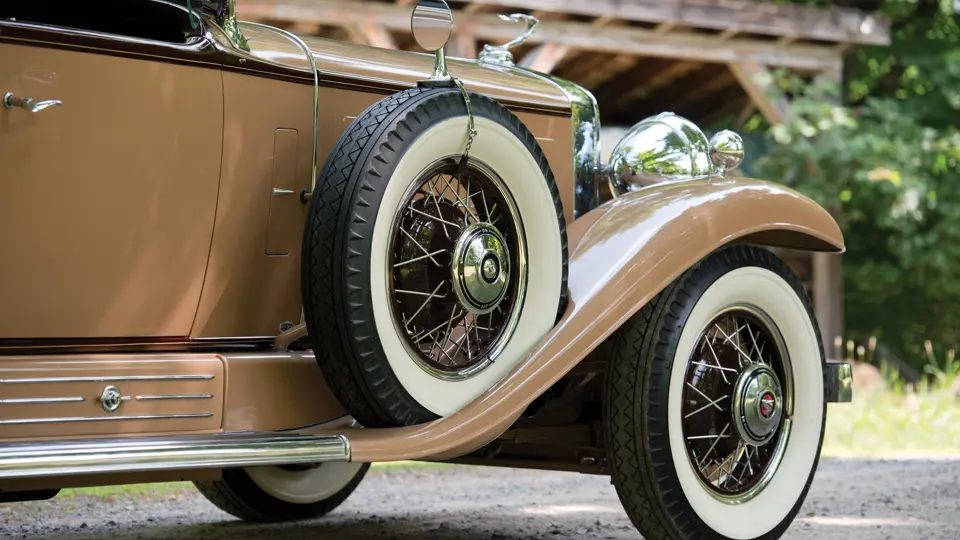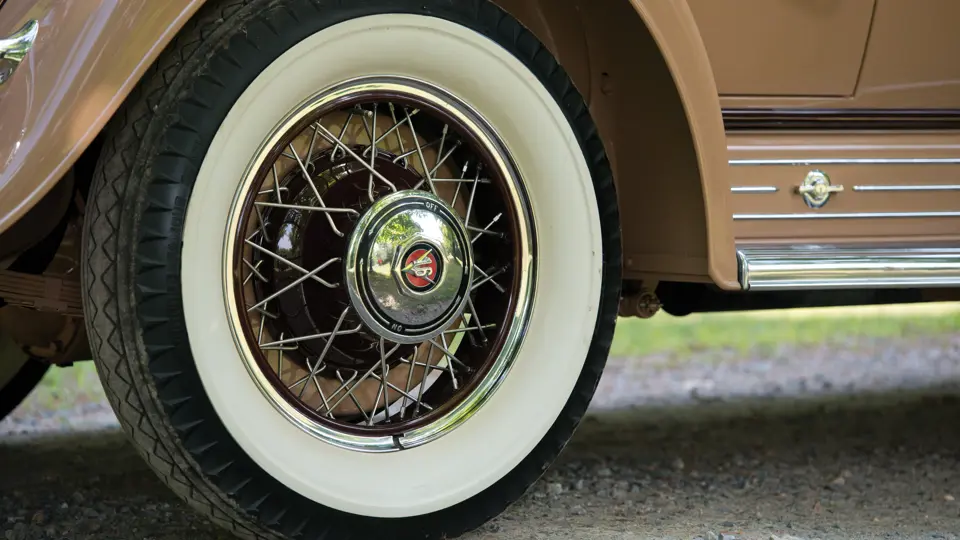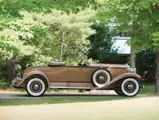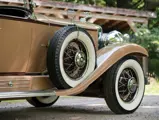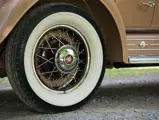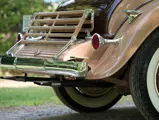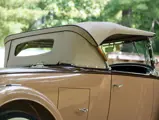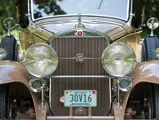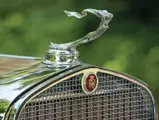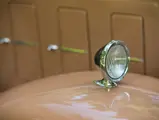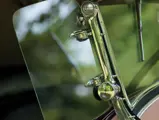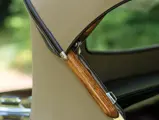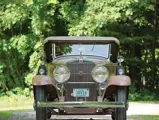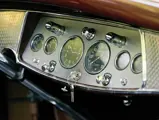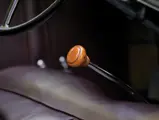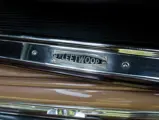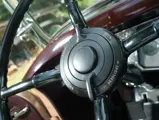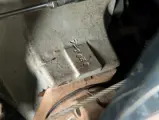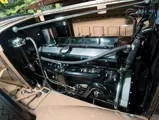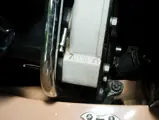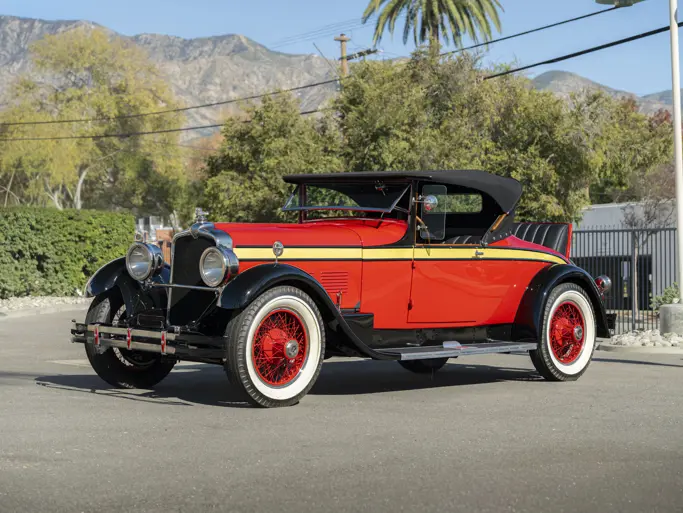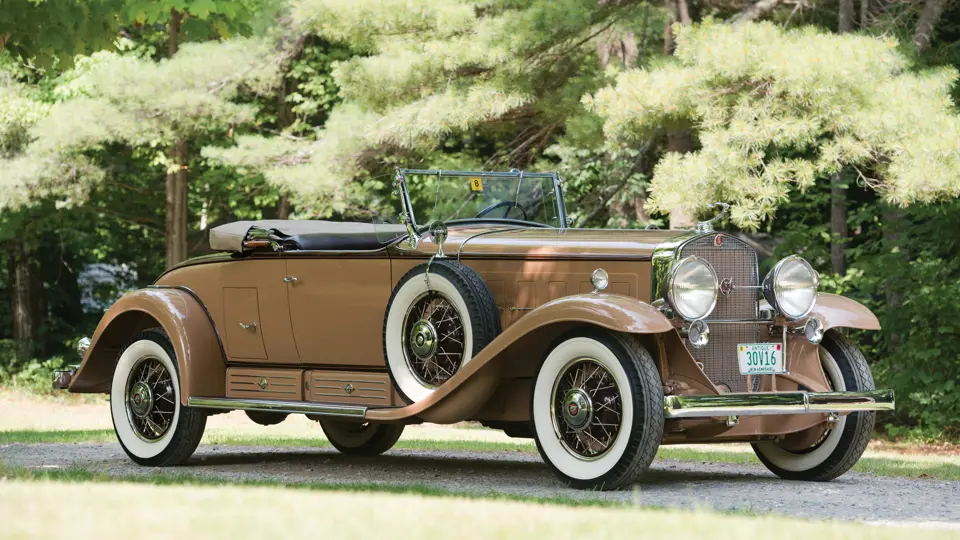
1930 Cadillac V-16 Roadster by Fleetwood
{{lr.item.text}}
$1,100,000 USD | Sold
Offered from the collection of John Moir
{{bidding.lot.reserveStatusFormatted}}
- Offered from the collection of John Moir
- A documented and genuine V-16 Roadster with its original engine, body, and chassis
- Single-family ownership since 1933
- Unparalleled history, quality, and presentation
Model 452. Body Style 4302. 175 bhp, 452 cu. in. overhead-valve V-16 engine, three-speed selective synchromesh manual transmission, solid front axle with semi-elliptic leaf springs and hydraulic dampers, three-quarter floating rear axle with semi-elliptic leaf springs, and four-wheel vacuum-assisted mechanical drum brakes. Wheelbase: 148 in.
THE CADILLAC SIXTEEN
On January 4, 1930, Cadillac stunned the fine car market at the New York Auto Show with the introduction of its breathtaking new V-16. With it, Cadillac instantly catapulted itself to the head of the luxury class in one brilliant stroke. Until then, only Bugatti had produced a 16-cylinder engine, and it was accomplished by bolting two 8-cylinder inline engines together, which was an innovation that was originally intended for aircraft use.
Cadillac’s V-16 was the first true 16-cylinder engine to be built from scratch, and it was a project that was led by Owen Milton Nacker under conditions of the utmost secrecy. In order to avoid knowledge of the project leaking from lower-level GM engineering departments and parts suppliers, a well-coordinated disinformation campaign was created, which included cover stories and notes on various blueprints that indicated that the project was actually Cadillac’s contribution to a new GM bus project.
The 45-degree cylinder bank angle and overhead-valve design kept the V-16 narrow, while its external manifolds allowed easy access to the engine compartment. Furthermore, Cadillac’s V-16 was the first automotive engine ever to be “styled,” as all of the wiring was hidden and the engine compartment was dressed up with plenty of gleaming, polished aluminum, porcelain, and a pair of beautiful valve covers with brushed aluminum ridged surfaces that featured the Cadillac emblem.
Cadillac managed to survive the rapidly declining luxury-car market of the early 1930s thanks to the financial resources of GM, its massive parent company. Without this support, Cadillac could never have produced such a limited-production, luxurious automobile. Although the V-16 was brilliantly designed, its shrinking Depression-era market meant that the V-16 was, of course, produced in tiny numbers for those few who were capable of paying more than 10 times the cost of a contemporary Chevrolet convertible. Without doubt, the few examples remaining today offer a rare glimpse into one of the most exciting automotive eras of all time.
Most coveted among them is Fleetwood body style number 4302, the fleet two-passenger roadster known as a gentleman’s open performance machine. It was exactly the type of automobile that a wealthy young man of means would drive at “the summer place,” and indeed, the car, with engine number 701761, made its way east in 1930.
FROM 1930 TO 1933: LIFE ON JUNIPER HILL
The original Cadillac build sheet for 701761, a copy of which is on file, records its delivery through the Fitzhenry Cadillac Company, of Worcester, Massachusetts. It confirms the car’s identity as a style 4302 roadster that featured a Boone Brown chassis, body panels trimmed in Thorne Maroon, a Radel leather interior, a Burbank cloth top, and wire wheels, which were painted Gold Bronze and striped in the same maroon. Unusually, no extra equipment is specified.
Noted on the build sheet is “Tag Whittall,” with the “Tag,” in 1930s Cadillac parlance, referring to the car being prepped and kept for delivery to a specific customer. For a dealer in Worcester in 1930, no customer could have been more important than a member of the Whittall clan.
“The Whittalls were definitely a very prominent family,” explains Linda Davis, the curator of the Shrewsbury Historical Society. “They lived in Worcester on Southbridge Street, at the time a very nice part of town, and they owned all the mills in that area. Matthew Whittall Sr. was a 33rd degree Mason who was unbelievably successful and nice to his employees. He built a church and a park in town. They had a ‘summer’ house in Shrewsbury, off Prospect Street.” Juniper Hall, as Mr. Whittall dubbed his “summer place,” was situated on 100 acres that were spread over the highest point in Shrewsbury, and it sported famous formal and “picking” gardens, which were open to the public. Undoubtedly, that was where the V-16 Roadster was destined. With the original Mr. Whittall having passed to his reward in 1927, it is believed to have been claimed by his son, who had succeeded him as the head of the family businesses.
Mr. Moir recalls his father telling him that the Cadillac’s original owner had a closed V-16 sedan or limousine as well, and it was used with a chauffeur, while the owner drove the roadster. As the tale is told, the performance of the lightweight open car spooked Mr. Whittall, and around 1933, the car was traded back to a Massachusetts dealer, Baker Ford Company, of Brookline. It was there that John Moir Sr. saw and purchased the Cadillac, paying a bargain price for the gas-guzzling V-16 in the depths of the Great Depression.
FROM 1933 TO PRESENT: A FAMILY CAR
In Mr. Moir’s words:
"My father drove the Cadillac until World War II and then stored it due to gas rationing. In 1946, when I got out of the Air Force, he gave it to me—I had been a belly-gunner on a B-24 but never got overseas. I had to drive the Caddy to college for 3½ years and then to work at the Museum of Science in Boston for a year. At that time, my dad said the Caddy was too big to drive in Boston every day, so I should retire it."
The Cadillac was indeed retired, but the sentimental Moirs would never send it to a Ford dealer, like the Whittalls had. It remained in original condition until the 1990s, when John Jr. sent the car he had driven to college off to Curt Hardee, of Hoosett, New Hampshire. There, the car was carefully and authentically restored in, as Mr. Moir puts it, “the only colors it has ever worn.” The “break” of the color scheme over the rear deck accentuates the car’s lengthy lines, while the body has just enough accessories to “pop”: a chrome goddess hood ornament, a radiator stone guard, and wind wings, which Mr. Moir notes as being of the proper design for this model. The goddess was originally made of pot metal. It crumbled and was then replaced by a modern replica of chrome-plated brass. The original side-mount mirrors had been stolen, and the current ones are replacements.
This Roadster still presents utterly beautifully, with its carefully applied finish unmarred, and its interior is still tight and fresh. The underbody and under the hood are clean and appear freshly restored, and its chrome still sparkles throughout. Mr. Moir has never been one to actively seek concours awards, preferring instead to share his cars with the public. That said, it is nice to know that this one has been finished to those very high concours standards, and while it has seldom ventured out of the “Caa’ Bahn,” it will undoubtedly be a capable concours competitor for a new owner.
All the usual platitudes about how genuine V-16 Roadsters that are documented by build sheets are as rare as hen’s teeth do apply here. The Moir Roadster is more than that, however. It has known history since new and has remained in the same home since 1933. Moir family photographs, many of which are reprinted in these pages, attest to its history and to a fondness for an automobile that is more than just machine. It is an heirloom that, for 81 years and four generations, has been the vehicle through which memories are made.
I’ve often been asked, ‘How fast will it go?’ I always answer, ‘I don’t know, but I did have it up to 90 mph.’ It was on a hot morning in June, and I was heading down east, when suddenly the cockpit was filled with a spray of oil! I pulled off the main turnpike and drove to the nearest garage. The mechanic had me drive onto a grease pit, and we proceeded to drain the melted grease from the gearbox into an empty oil can. The gearbox had been overfilled, and the grease had melted and blew out around the gearbox and blew up into the car. I was just about to point it out when the level of hot grease in the can reached the level of his fingers, and when it did, he dropped the can. Later, I realized how dumb it was to drive a car that old, that valuable, and that beautiful that fast, and I never did it again.





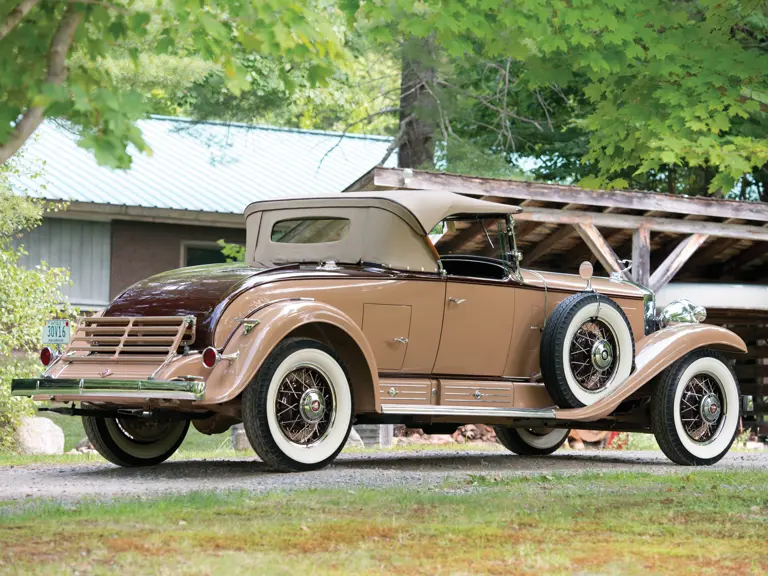

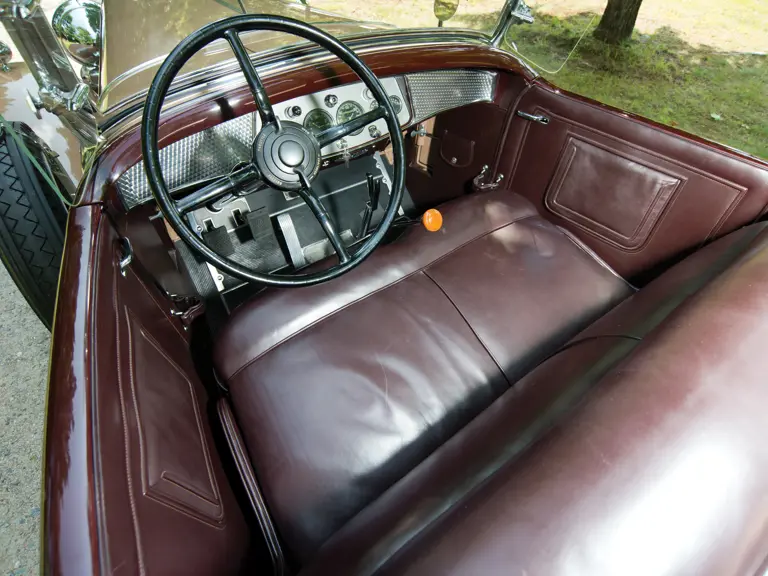
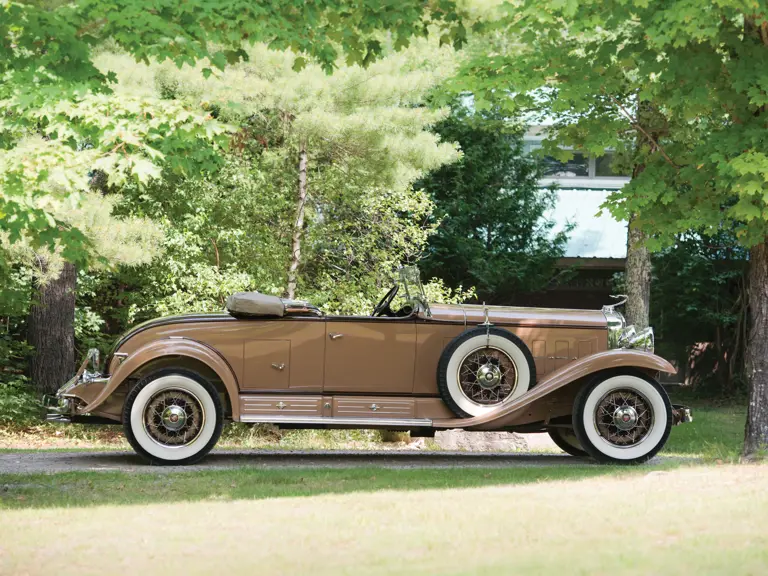
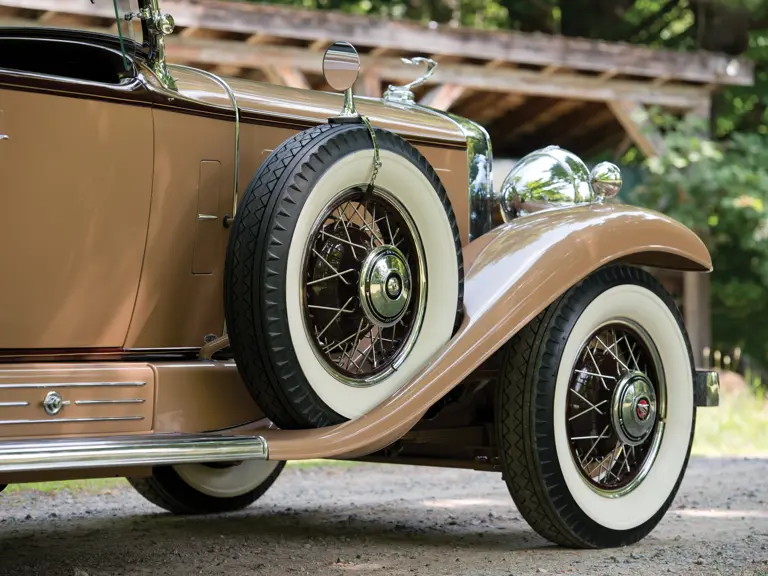
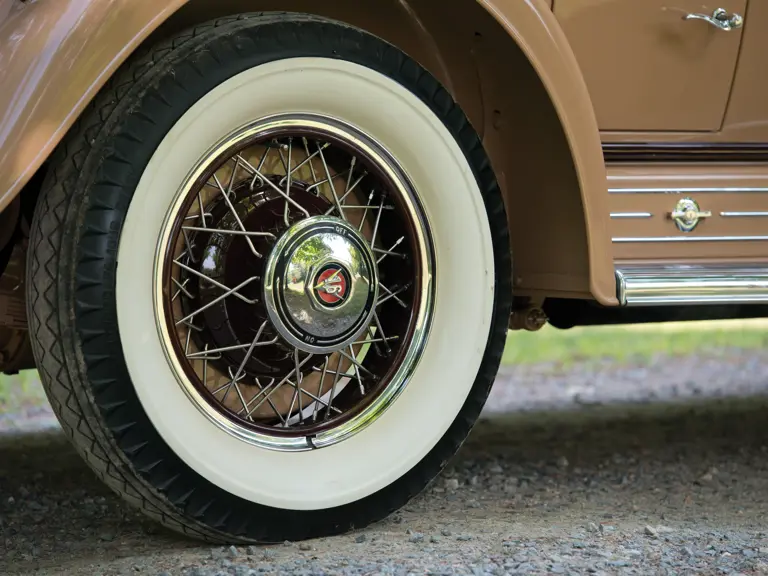

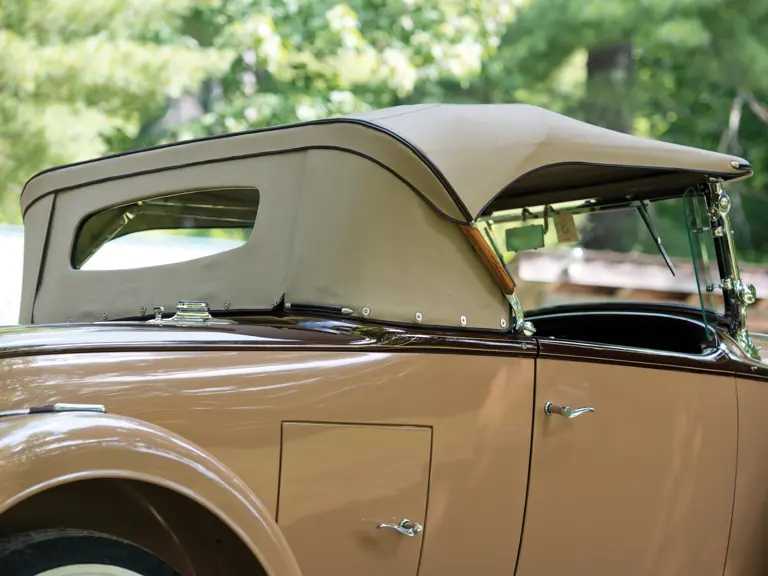
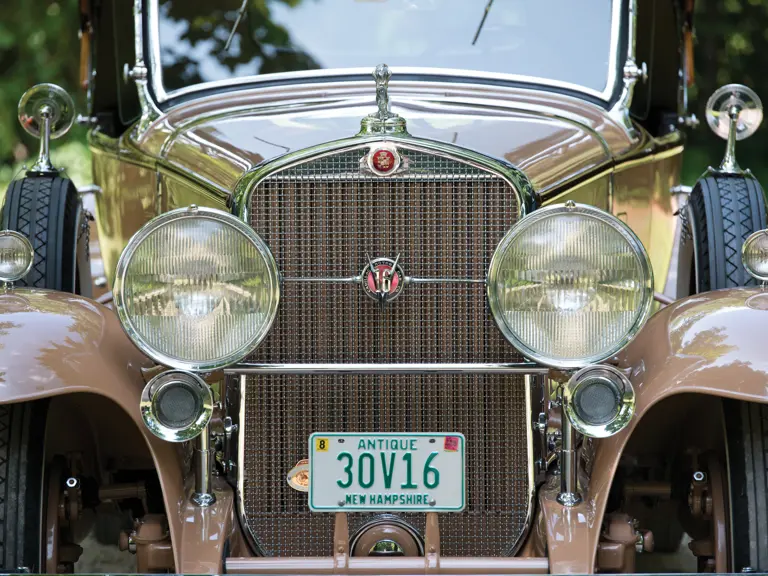
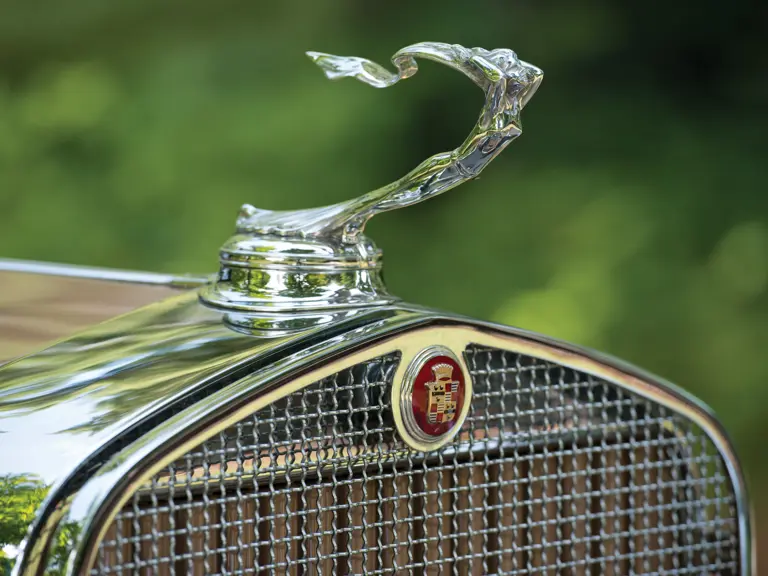
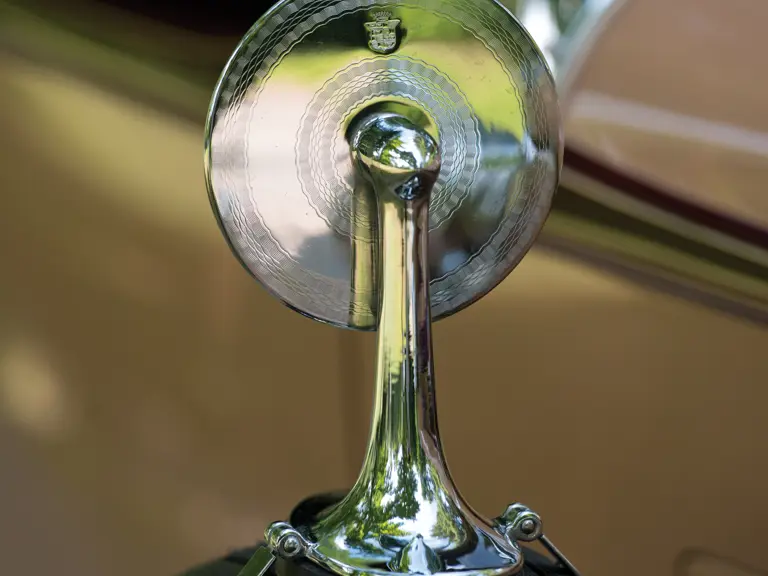
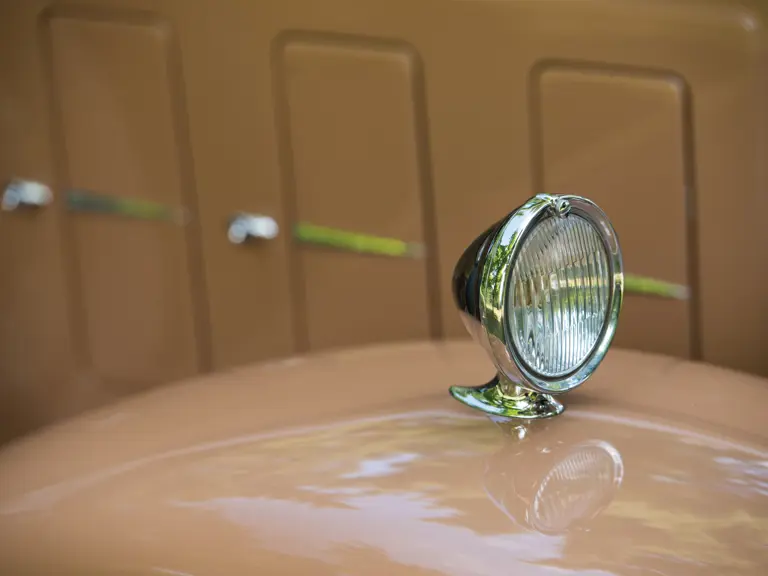
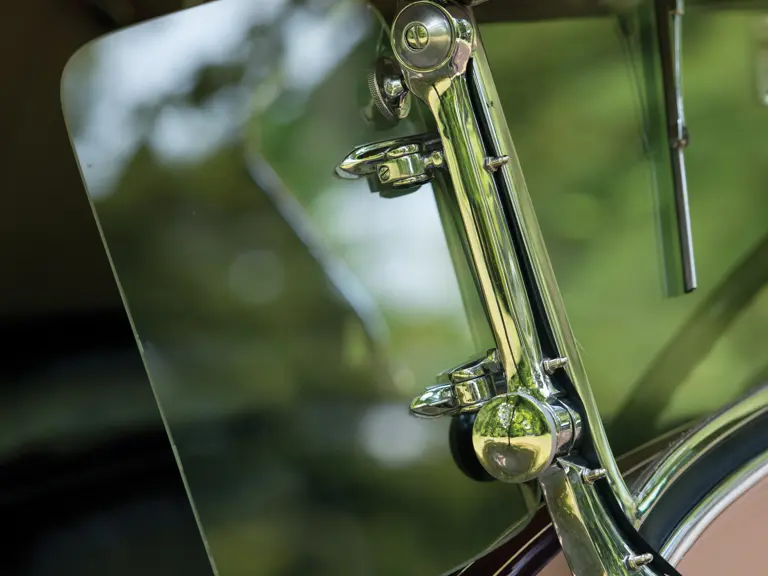


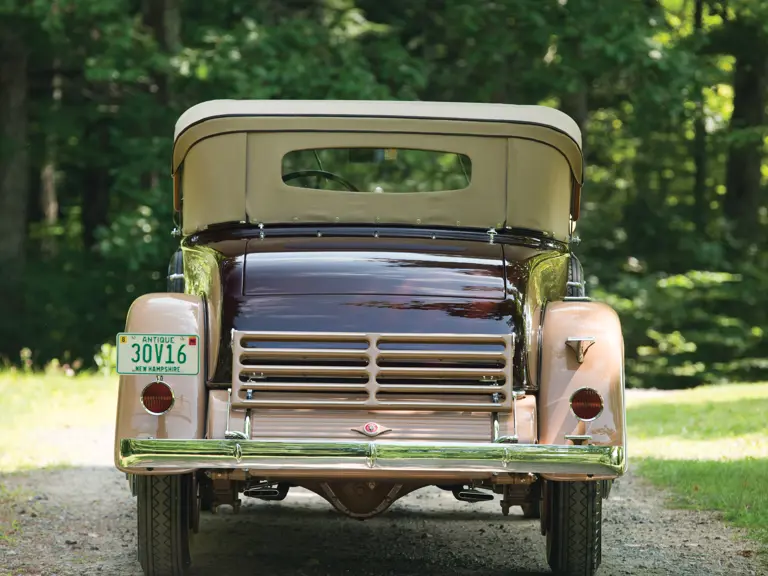
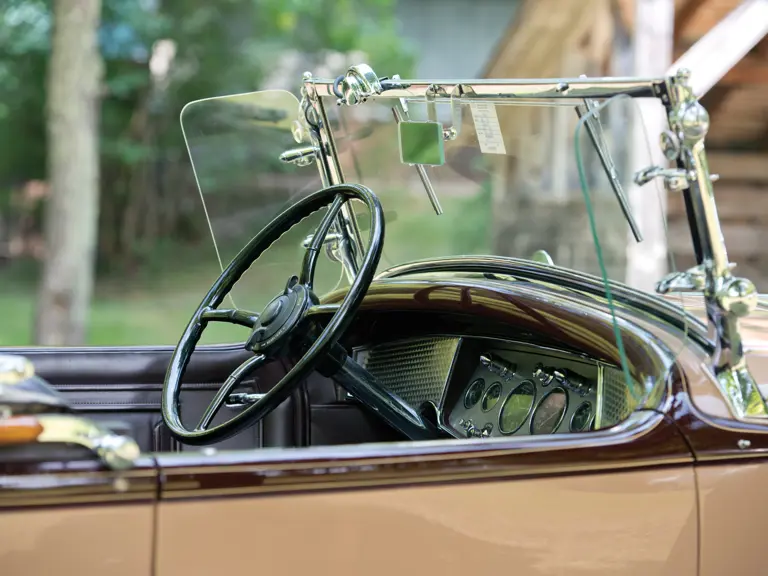
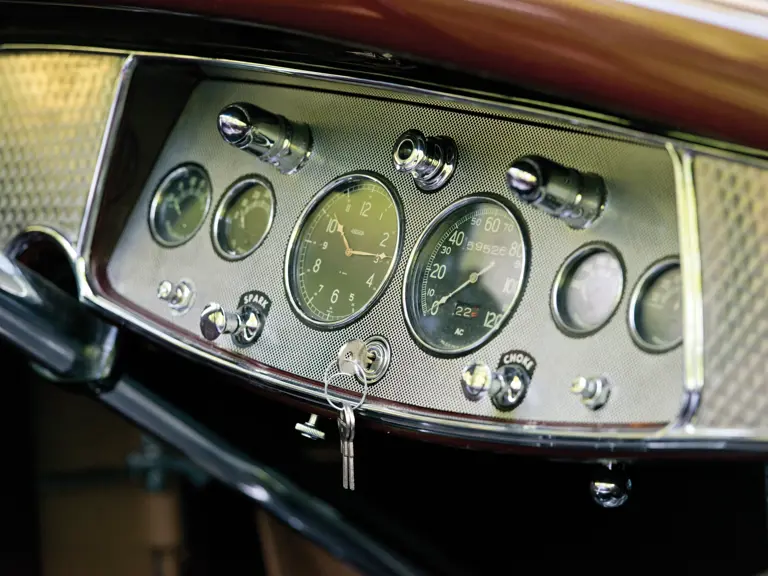
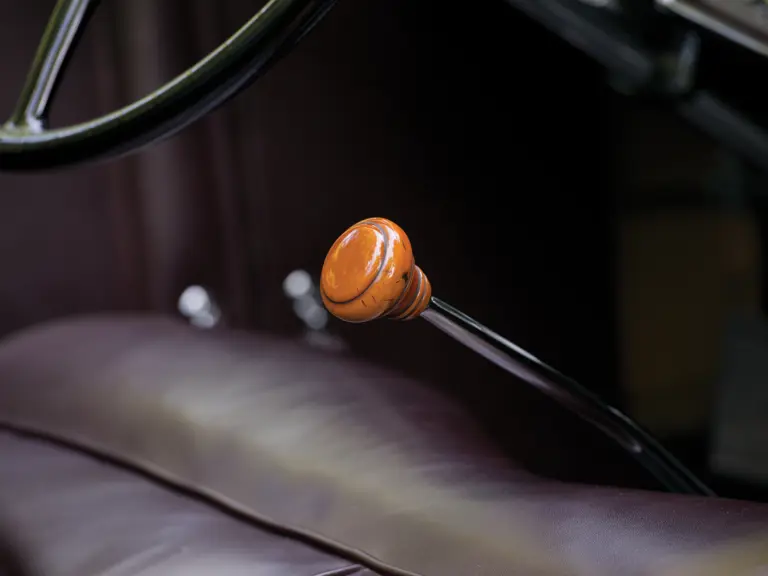
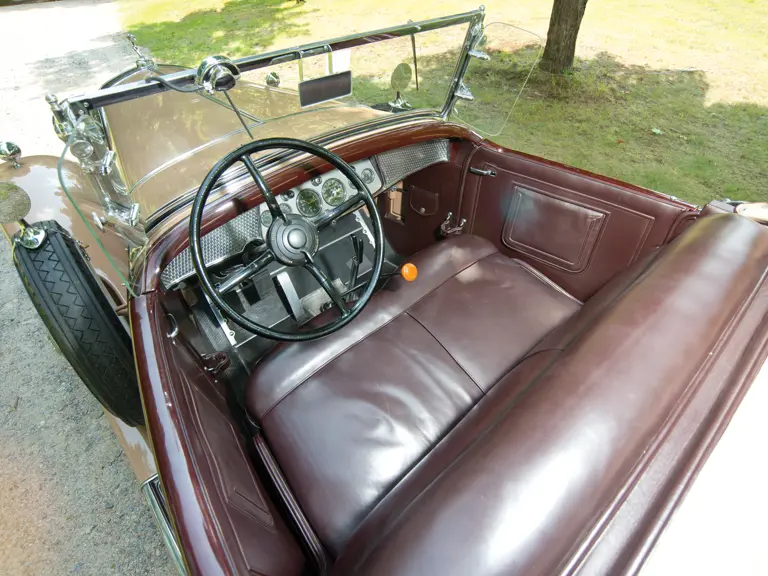
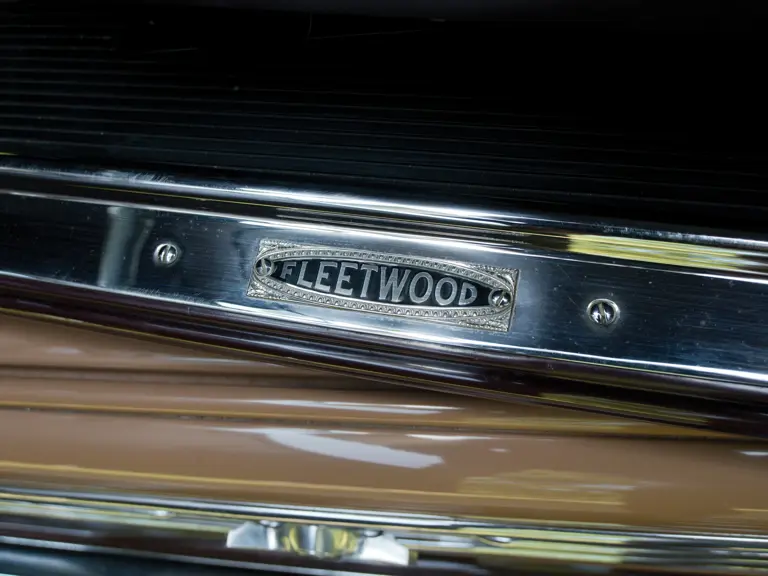
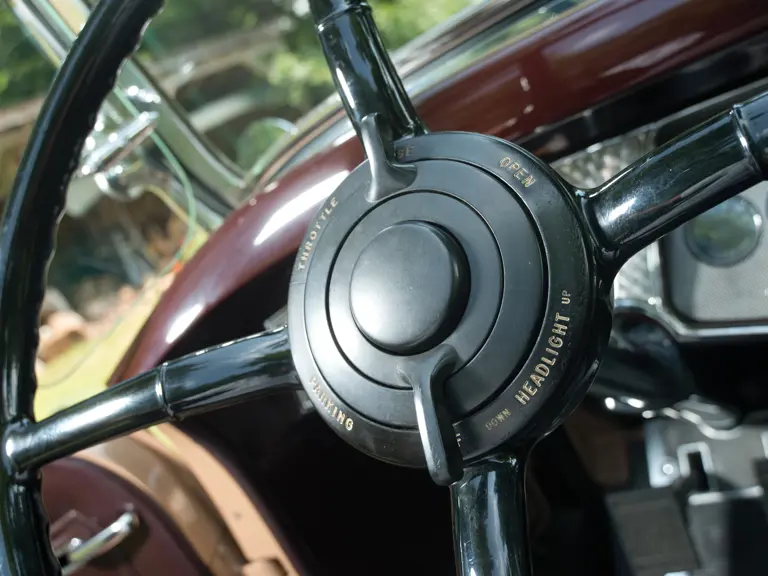
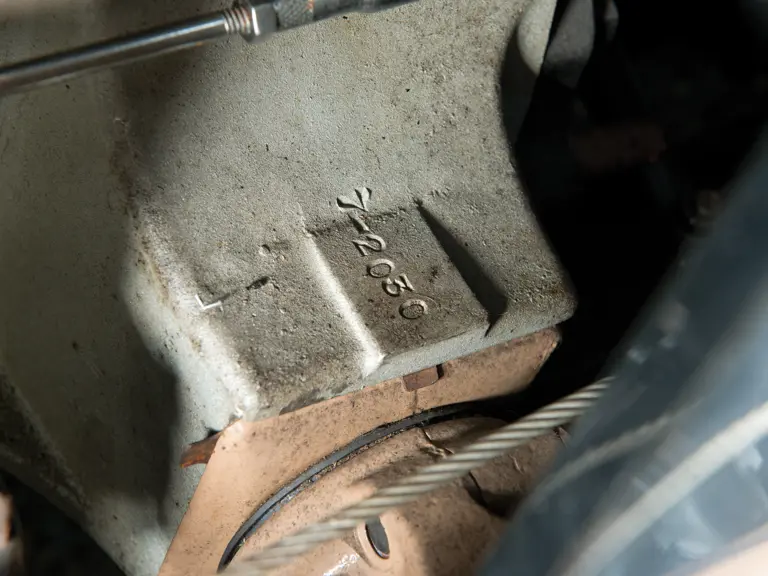
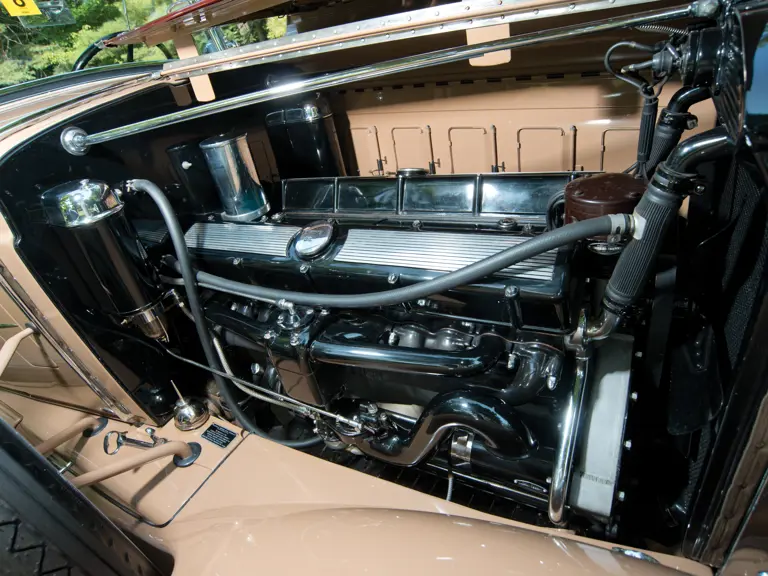
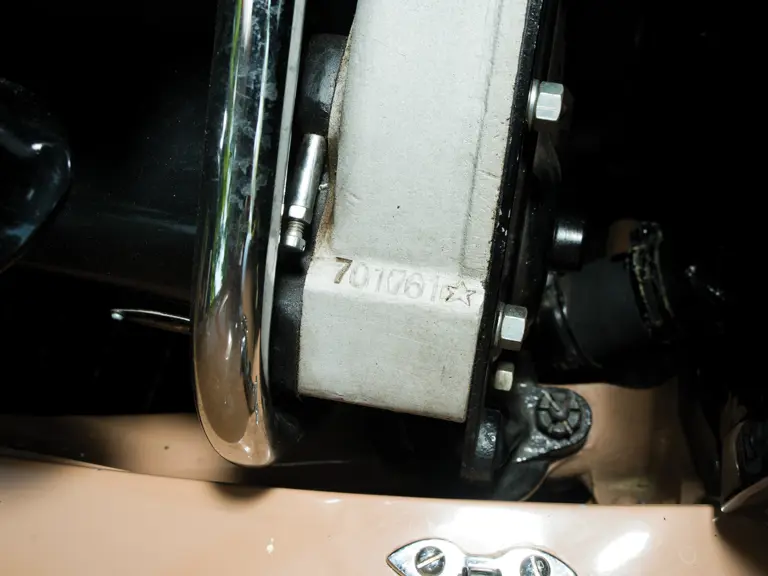
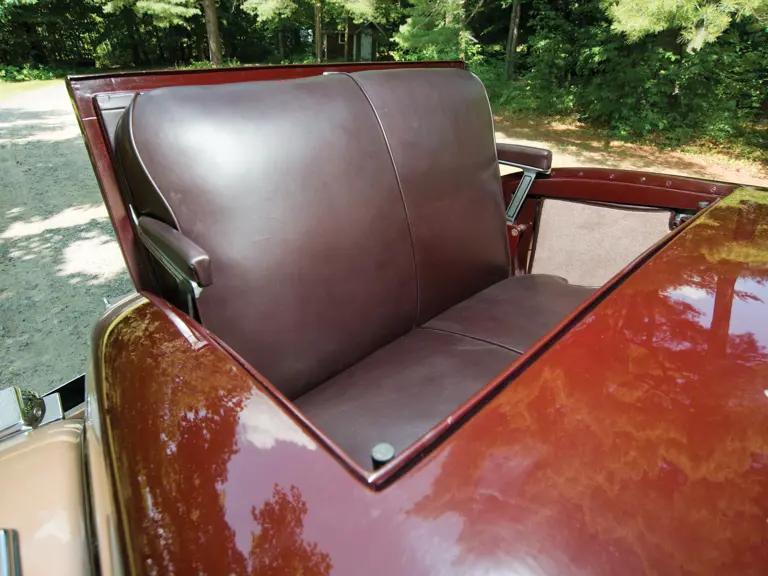
 | Hershey, Pennsylvania
| Hershey, Pennsylvania
